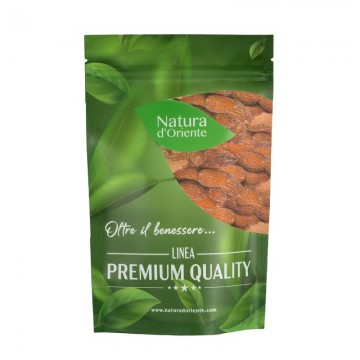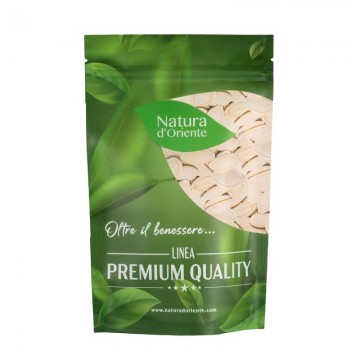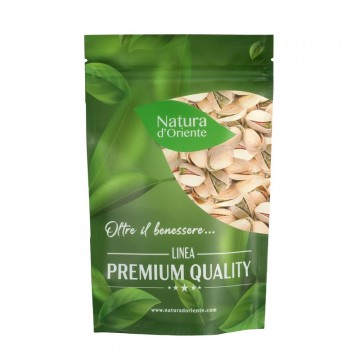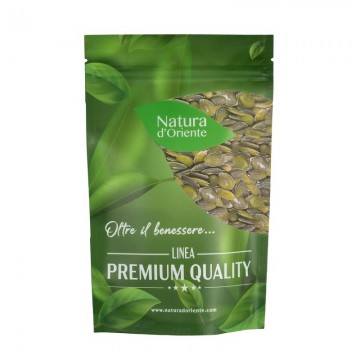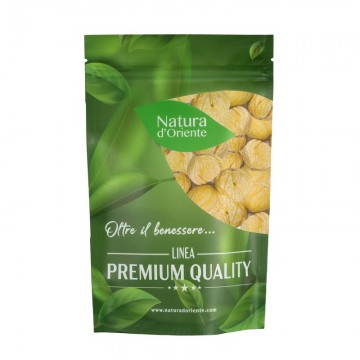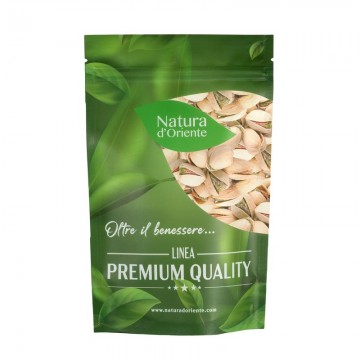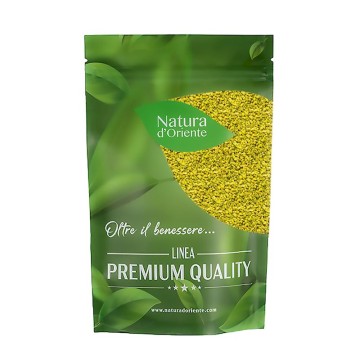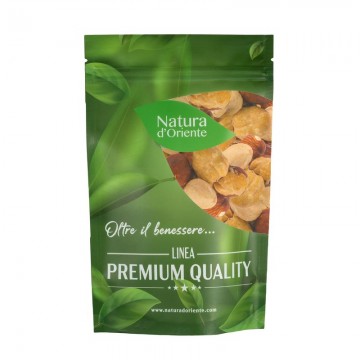Sesame is a plant that is not part of the European and Mediterranean food tradition, but the roasted and dried seeds are now used in many preparations as ingredients.
Properties and benefits of sesame seeds in a delicious crunch
Dried sesame seeds have a very important calorie intake being very rich in fat. Suffice it to say that from the pressing of these oil seeds an oil is obtained which in African and Indian cuisine is the equivalent of our EVO and the lipid content of the fruit is much higher than that of the ripe olive, in fact the yield in the pressing is very high. At the vitamin level, the content of various B vitamins stands out, among others the most important is E but the content is not so high. Good fiber and carbohydrate content. As far as proteins are concerned, sesame seeds are quite rich in it and have an average biological value, as regards the amino acid profile, the high percentage of methionine and tryptophan stands out while the limiting amino acid is lysine, as for wheat. .
Nutritional values of sesame seeds
A hectogram of sesame seeds provides 573 kilocalories, almost 50% of the aforementioned 100 grams is made up of fat. 23.4 are carbohydrates and 11.8 are fiber. Of the 49.7 grams of fat, however, only 7 are infamous saturated fats. The proteins are 17.7 grams, a good content, for what concerns the quality see the paragraph on properties and benefits. Among the vitamins those of group B stand out with 0.79 mg of Thiamine (or B1) equal to 69% of the daily requirement, 0.25 mg of riboflavin (B2) equal to 21%, 4.52 mg of Niacin (B3) equal to 30%, 0.79 mg of vitamin B6 equal to 61% and 97 micrograms of folate (B9) equal to 24%. Among the mineral salts stand out calcium (975 mg equal to 98% of the daily requirement), iron (46 mg equal to 112%), magnesium (351 mg equal to 99%), phosphorus (629 mg equal to 90%) and zinc (7.8 mg equal to 82%).
History and cultivation
Even if it is not widespread in Europe, it is impossible not to begin the historical notes on sesame by remembering that sesame oil is the oldest seed oil in the history of mankind. Sesame is the name of the botanical genus and includes many species, several of them originating from sub-Saharan Africa, but the species that is cultivated (sesamum indicum) is native to India. Archaeological evidence tells us that sesame was domesticated there 5500 years ago. In 2000 BC there was trade in sesame from India to Mesopotamia it is even possible that the civilization of the Indus valley exported sesame oil to Mesopotamia. According to some sources, sesame was cultivated in Ptolemaic Egypt but others even suggest it was already in the New Kingdom. However, there are findings that suggest that sesame was also cultivated in the region of the Urarfu empire (Etonia) and in Ethiopia in very ancient times and not because it was imported from India. The fact is that sesame is a hardy plant that grows where others can't and needs little care. World production of sesame seeds in 2018 amounted to just over six million tons. More than 50% if divided by 5 countries: Sudan (981,000 tons), Myanmar (768,858), India (746,000), Nigeria (572,761) and the inevitable China (431,500).
Sesame seeds in the diet
Essentially for sesame seeds you could do the same thing as for dried fruit, they are very caloric so pay attention to the quantity especially if you are on a diet, but being rich of fiber are also satiating. But who eats sesame seeds alone? More than anything else they are used in preparations, another possible use is to add them to salads and in this case they are particularly suitable for vegetarian diets because they provide B vitamins and some minerals that are not easy to include in a vegetarian diet.
Plant and fruit
Sesame (sesamum indicum) is an annual plant (it means that in one season it exhausts its entire life cycle from germination and seed production and then dies) that grows from 50 cm per meter. The leaves are large and lanceolate. Tubular shaped flowers can be of various colors (white, blue or purple). The fruit is an elongated capsule, which can vary from 2 to 8 cm and can contain from 4 to 12 niches (cavities in the ovary of the plant which in turn contain the seeds).
Use in the kitchen
Sesame seeds are used to flavor and garnish bread and desserts all over the world, but also in other types of dishes, in Japan for example on some types of sushi, in the Middle East in one of the best known dishes hummus, but we also find them in the Sicilian tradition, we have chosen that recipe. It is a typical dessert of the Christmas holidays. A "rich and greedy" relative of our sesame crunchy.
Giuggiulena
- Ingredients for 24 pieces
- Sesame seeds 250 gr
- Wildflower honey 200 gr
- Sugar 50 gr
- Almonds 24
Preparation
1) Grease a marble surface or alternatively a sheet of parchment paper placed on a heat resistant surface.
2) Fill a container with fresh water and hold a metal spatula or a sufficiently long smooth blade nearby.
(The preparation of the worktop is important because after cooking it is essential to proceed quickly)
3) In a steel (or copper) saucepan, heat the honey with the sugar over medium heat and stir until everything dissolves.
4) When the mixture is fluid and boiling, add the sesame seeds and mix with a wooden spoon for 4-5 minutes. Stir constantly, making sure that it does not burn on the bottom and especially on the edges.
5) As soon as the dough is blended, golden and more compact, turn off the heat and immediately transfer to the greased surface.
6) Level with the help of the wet spatula to obtain a rectangular slab about 1 cm thick and carefully level the sides.
7) Divide the plate into 24 squares of 3x3cm. In the center of each of these put an almond.
NB:
Working with hot dough is what allows you to cut it, but obviously be careful not to burn yourself. It may be useful to wet the blade a little more, but not too much. Proceed first by making all vertical lines and then horizontal. The slab will be deformed at the edges, just equalize them by cutting them.
8) Transfer the squares to a sheet of waxed parchment paper and leave to rest overnight at room temperature.
Recipe source: recipes. giallozafferano.it

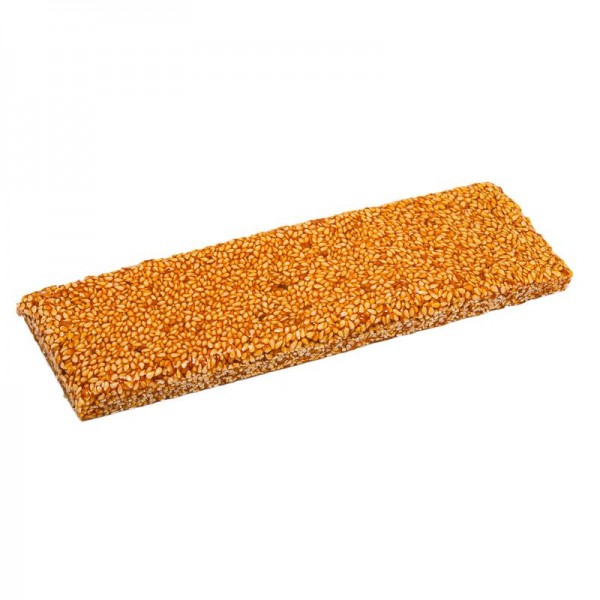



 No reward points for this product.
No reward points for this product.
